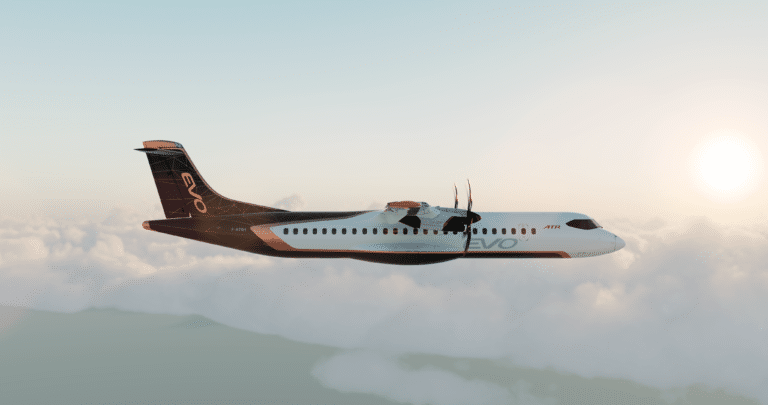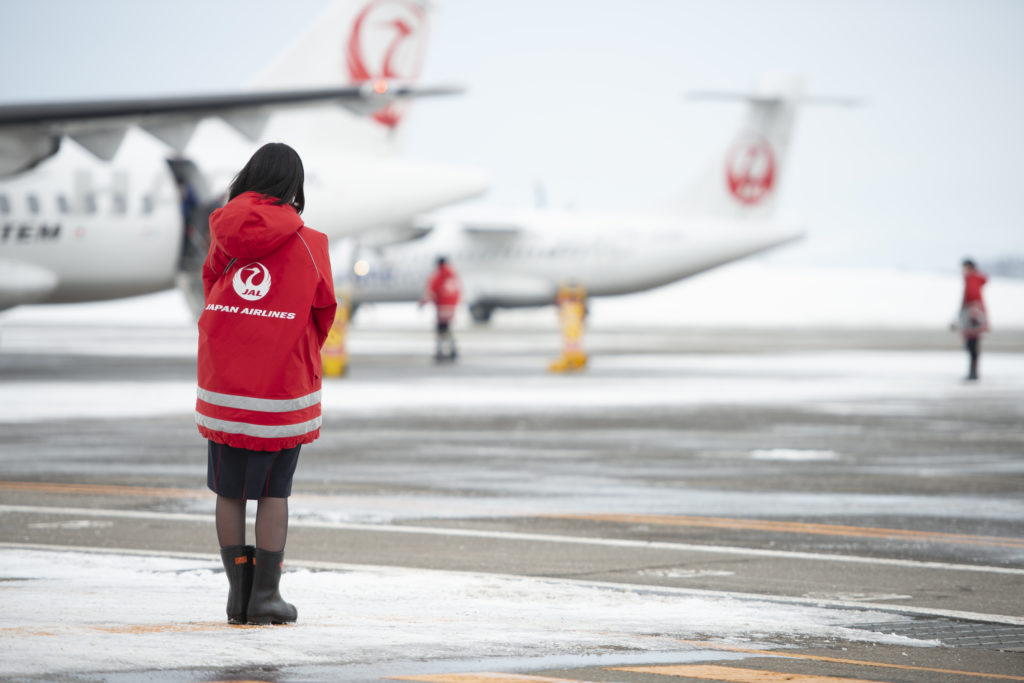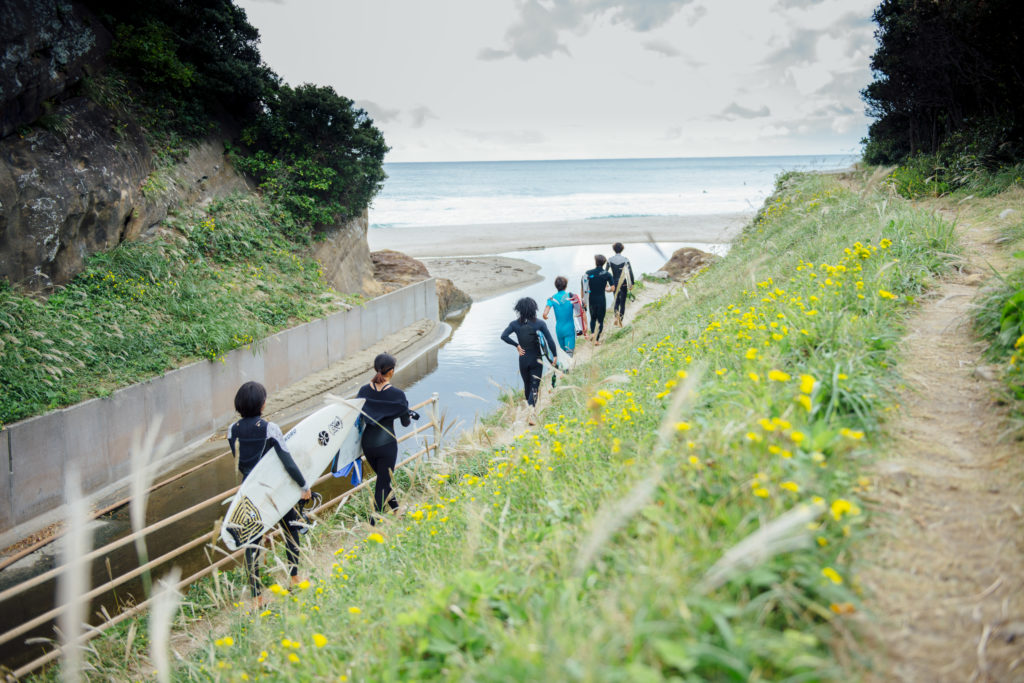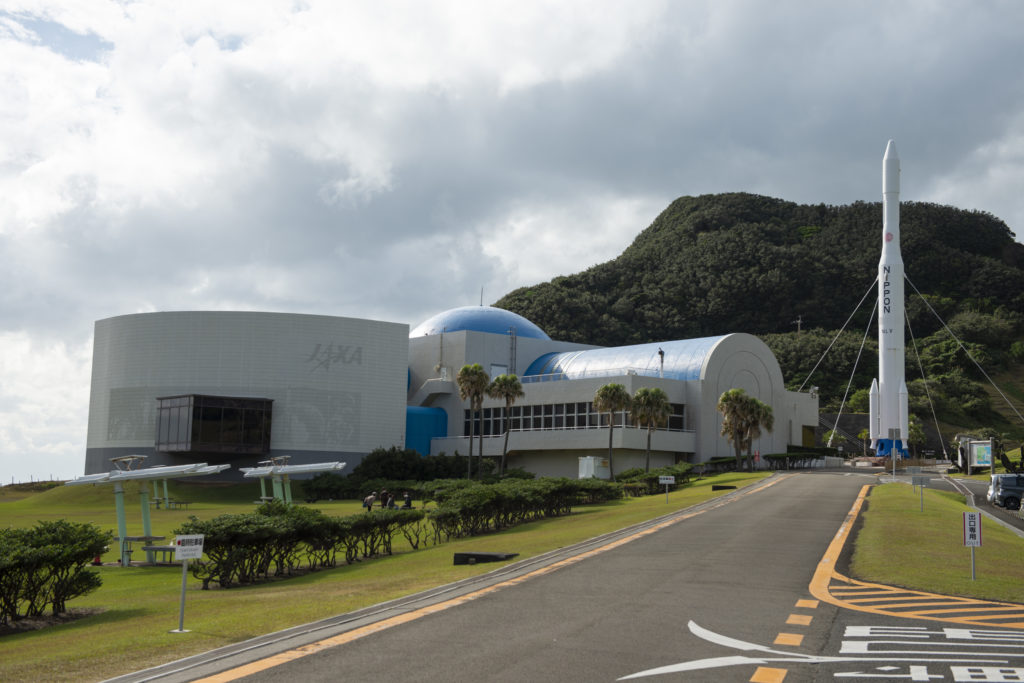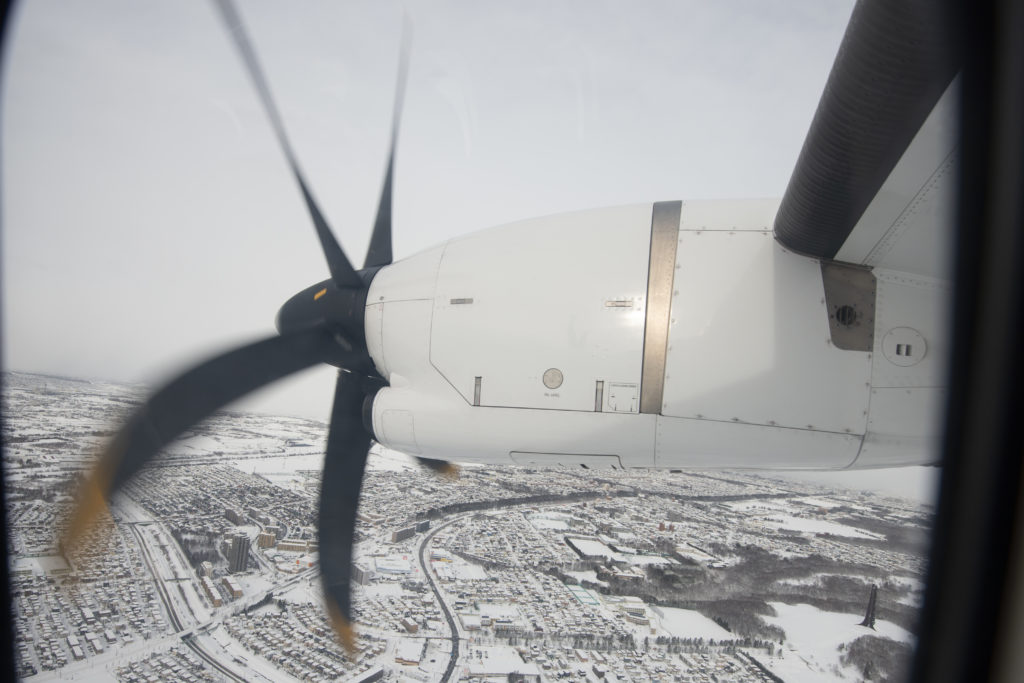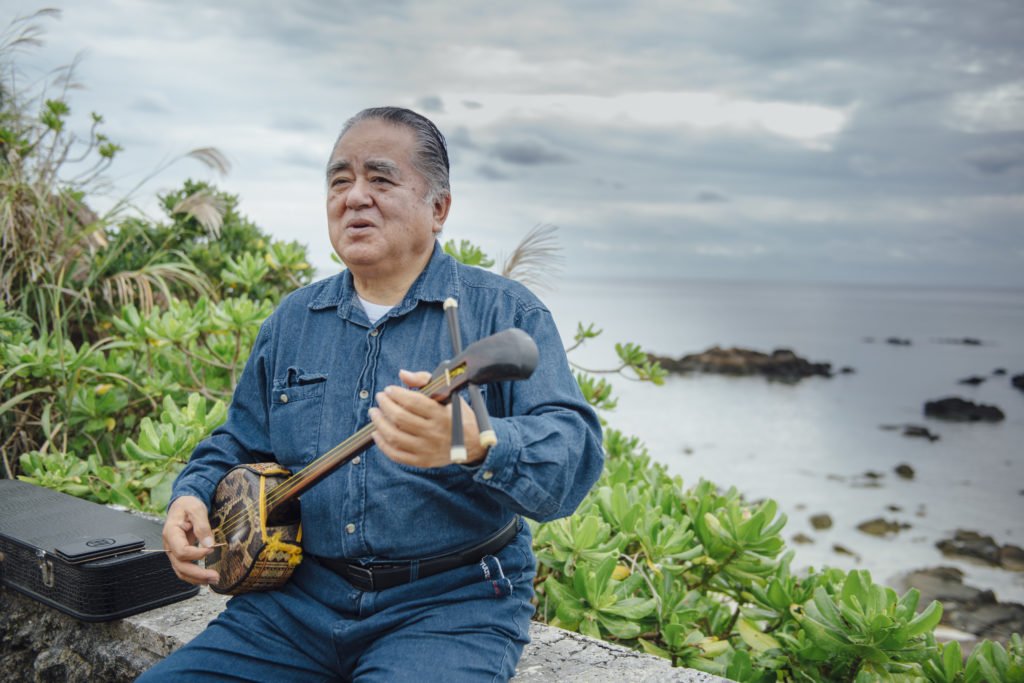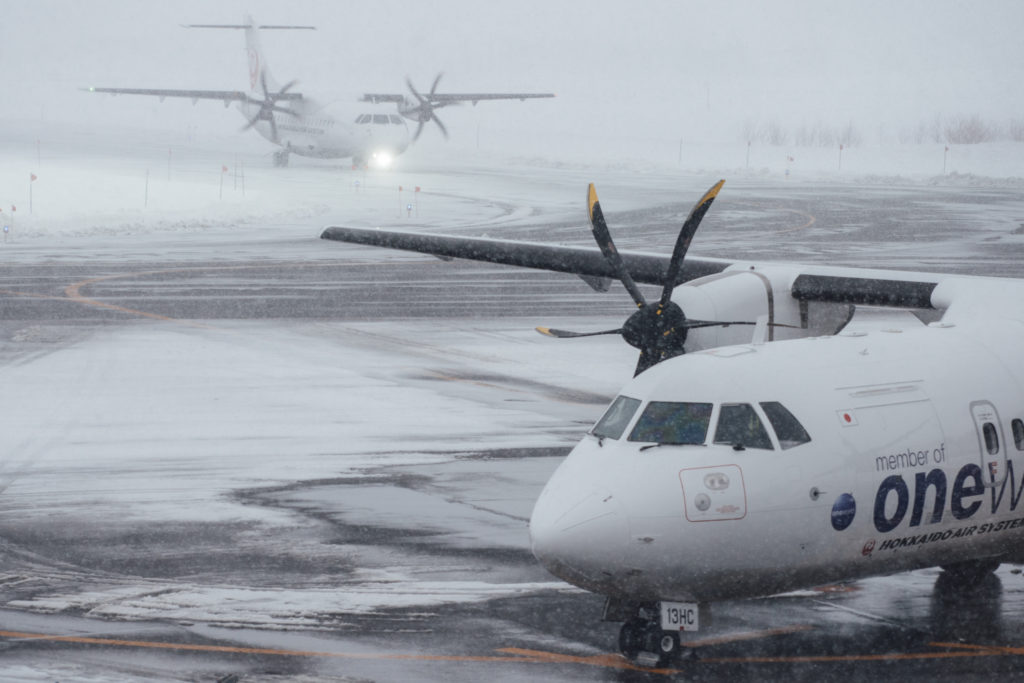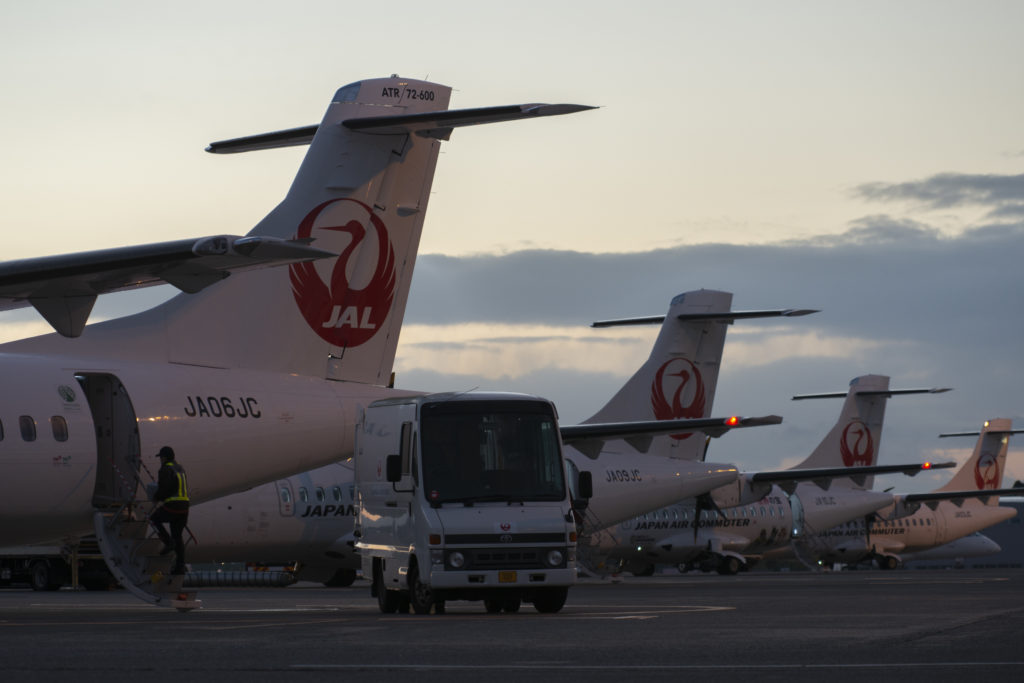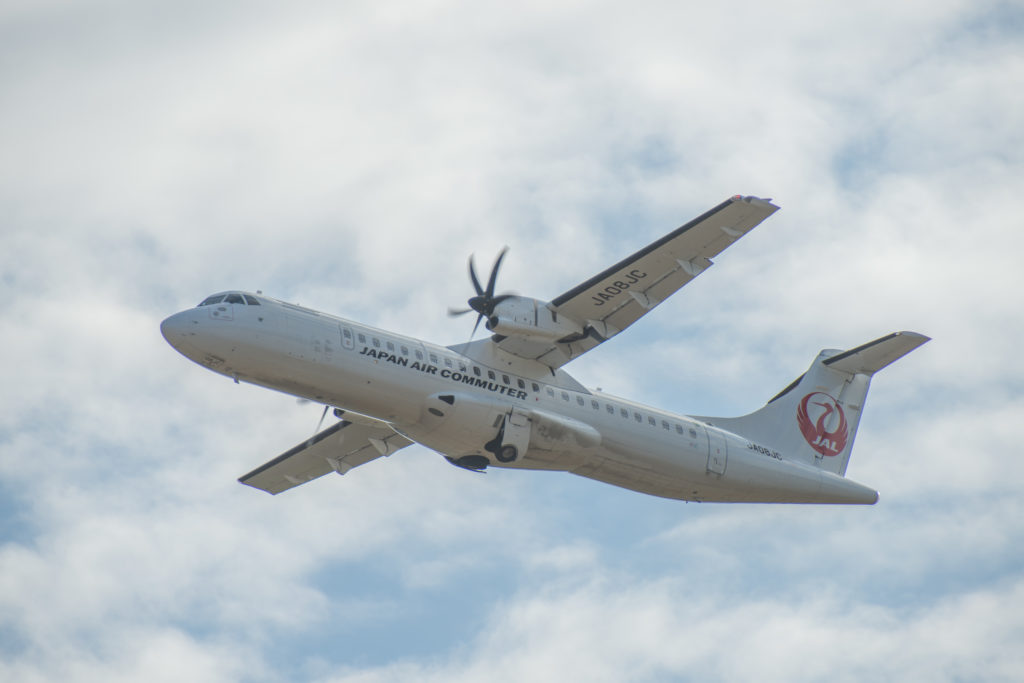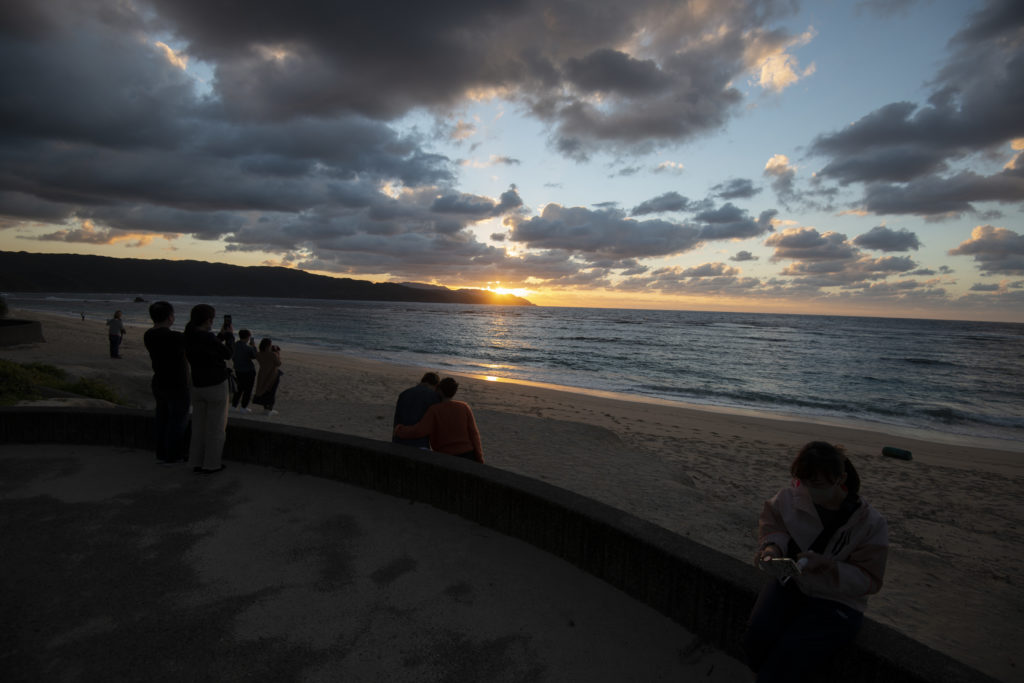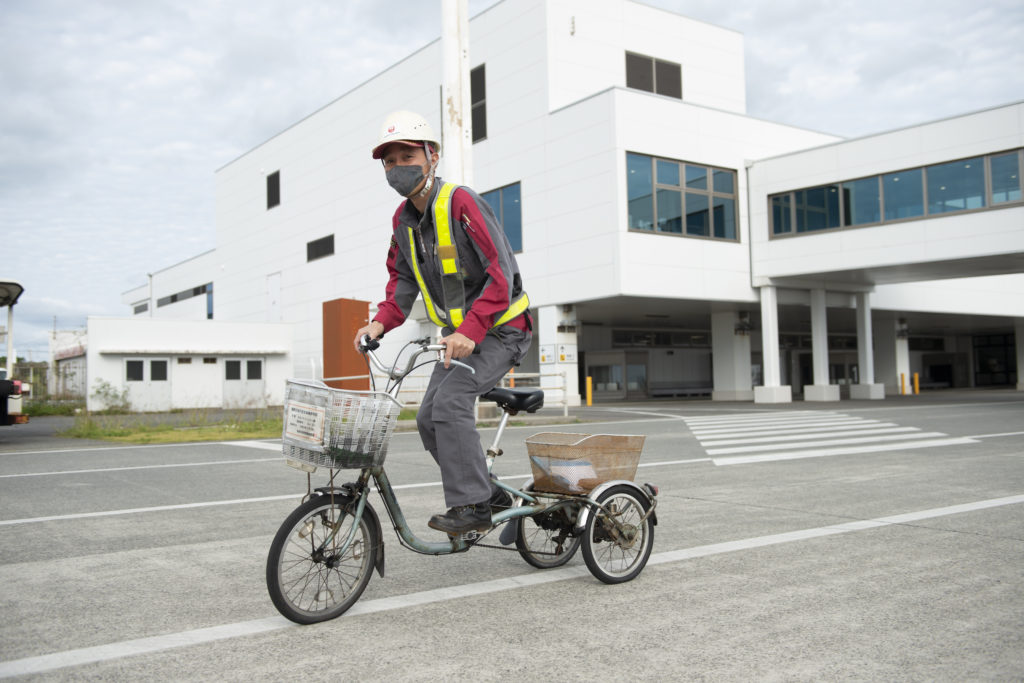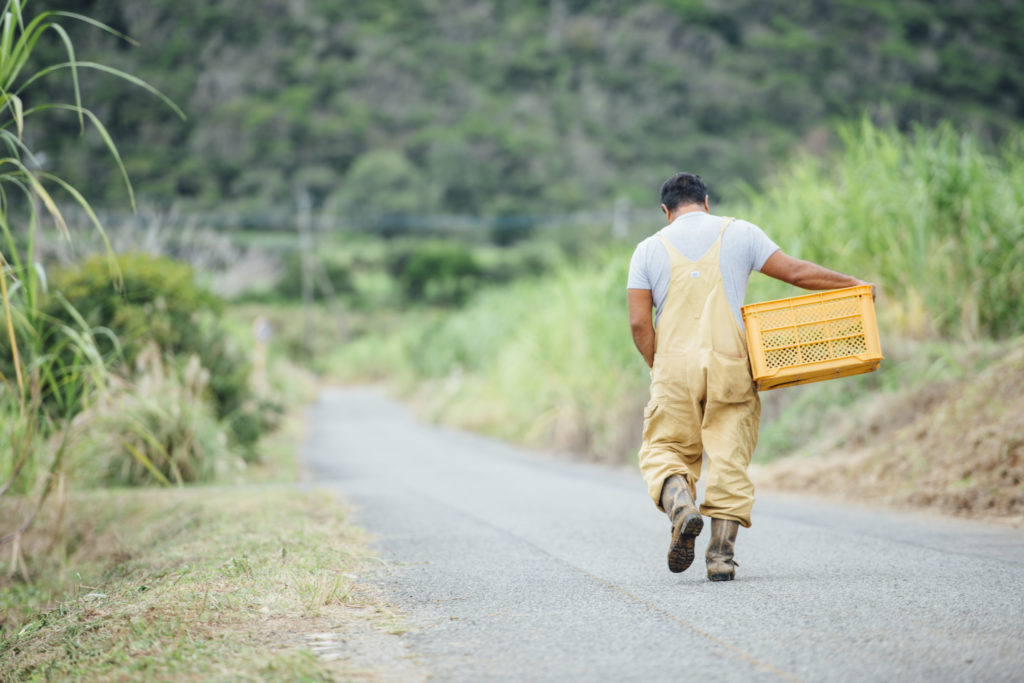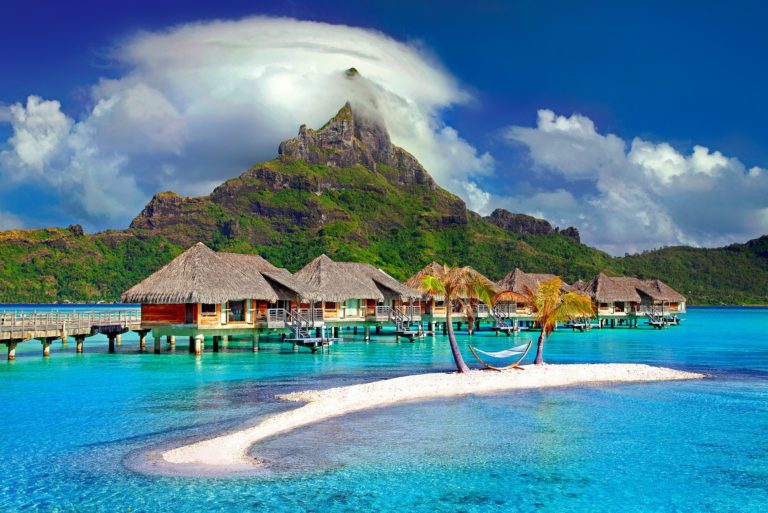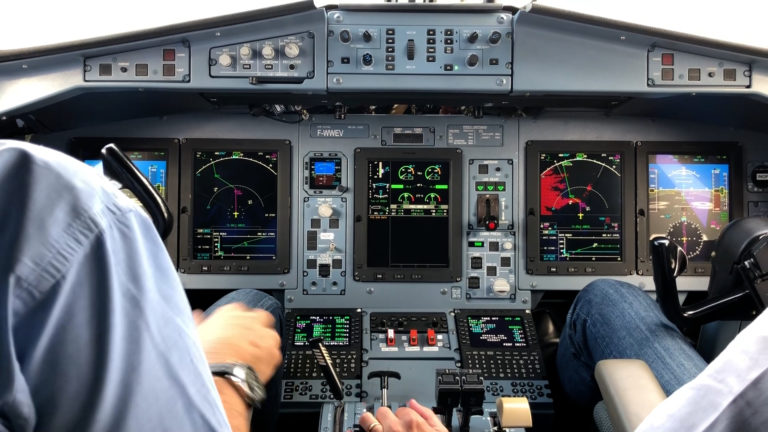A vital lifeline for the islanders of Japan
Japan has some 420 inhabited islands, whose people rely massively on regional air links for everything from healthcare and trade to business and tourism.
Watch the video case study:
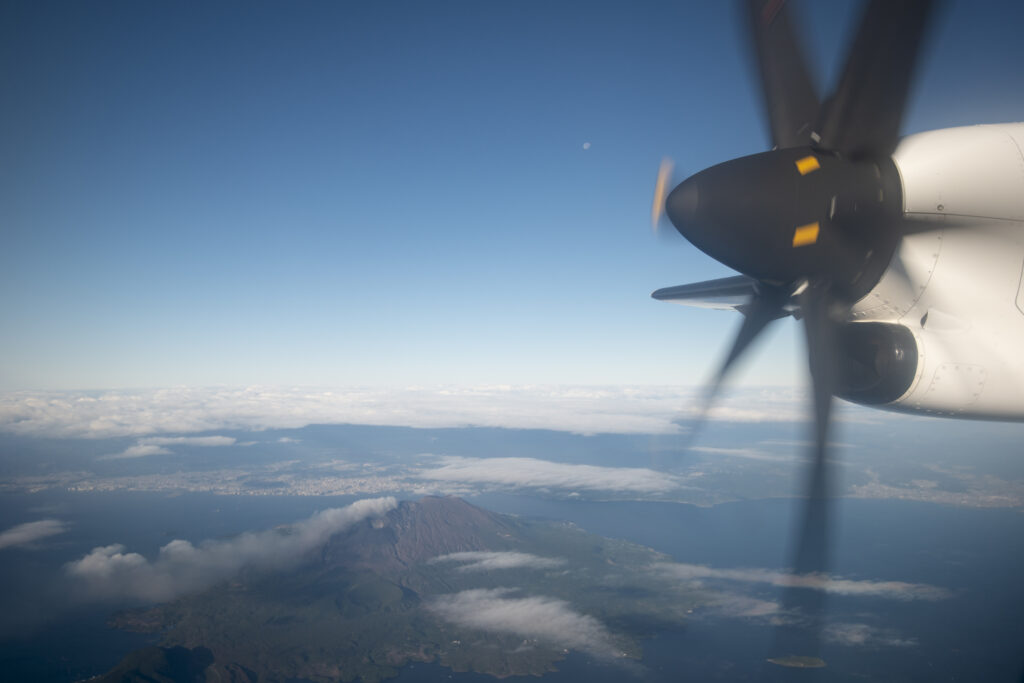
An island nation

Mention Japan and most people think only of its burgeoning cities like Tokyo and Yokohama. But Japan is actually a vast archipelago covering 378,000 sq km/146,000 sq miles and nearly 7,000 forest and mountain-covered islands, 420 of which are inhabited. The regional connectivity provided by ATRs is therefore vital to many, not just for trade and commerce but also for access to essential services such as healthcare and education.
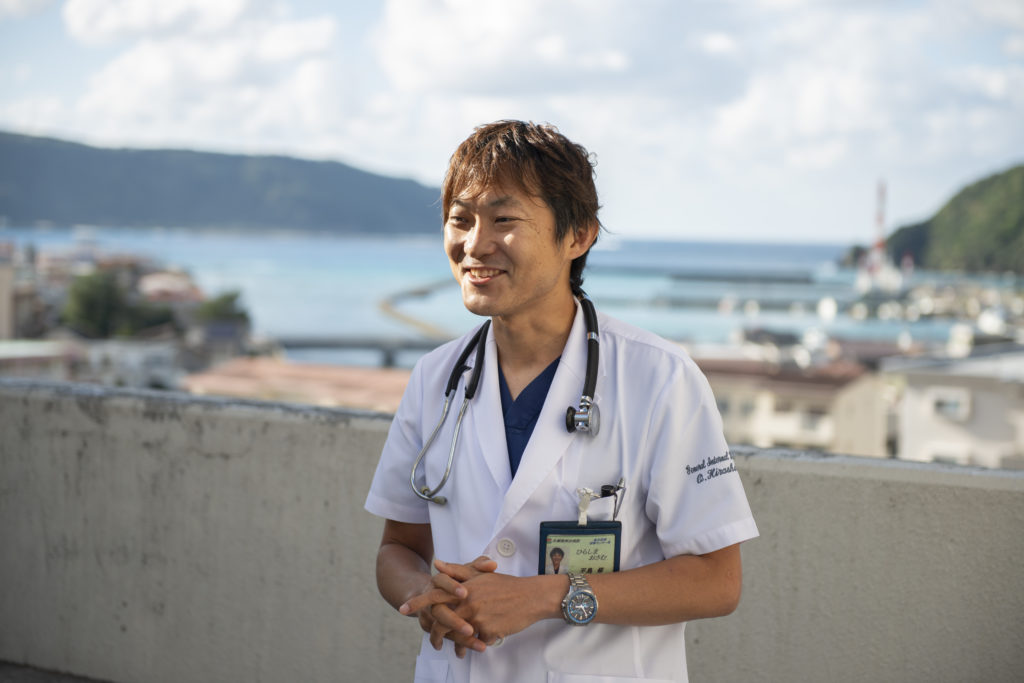
Medical access

Take the inhabitants of Amami, for example – a group of tropical islands in the far south west, an 11-hour ferry ride from the southernmost tip of Japan’s main island Honshu. Since Japan Air Commuter (JAC) introduced the region’s first ATR 72-600 in 2018, local healthcare access has been transformed according to Dr. Osamu Hirashima. Every week, he takes the one-hour flight to the islands to treat patients locally or transport them to the mainland when necessary. JAC’s ATR has been customised to accommodate a medical stretcher in the cabin, with a slope at the aircraft entrance to make it easier to move patients on and off. And the airline even continued operating throughout the pandemic, despite very low passenger numbers, considering it their mission to protect this local lifeline.

Revitalising the islands

Amami is just one of Japan’s many island groups known for their beautiful and well-preserved beaches and forests, where ATR aircraft ensure not only healthcare but also income thanks to tourism and commerce. Perishable goods, for example, such as fish and fruit can be rapidly flown to and from the mainland rather than being subjected to long boat and truck journeys. In the past, declining birthrates, ageing populations and increased urbanization meant that many of these islands had become almost deserted. The Japanese government therefore introduced a series of revitalization measures, including support for regional air connectivity, so that people could stay on or even move to these remote locations while continuing to earn a living.
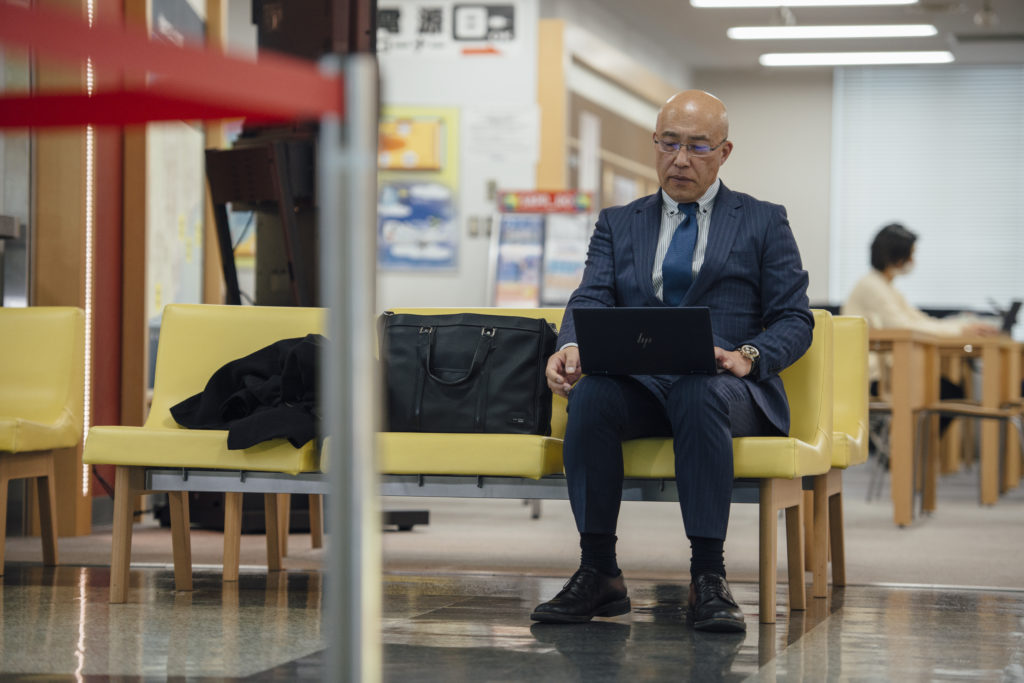
A 50-minute hop

One example is the CEO of Maruxen IT company Yoshiya Watanabe, who is able to continue living and working on Rishiri Island in the far north of Japan thanks to Hokkaido Air System’s (HAC’s) ATR link to mainland Sapporo. This is now a 50-minute hop away, as opposed to a grueling eight hours by road and ferry. Yoshiya says that being able to fly to Sapporo and back the same day was unthinkable when he was younger, and saves him huge amounts of time, energy, and stress, not least thanks to ATRs’ high levels of comfort and low noise, both inside the cabin and out.

Preserving Japan’s natural beauty

Low noise and low CO2 are key factors in Japan, which boasts some 25 World Heritage sites and has a target of 46% less emissions by 2030. Hokkaido is a prime example of how ATR aircraft actually contribute to Japan’s environmental credentials. Home to countless forests, volcanoes, natural hot springs and ski resorts, ATR’s reduced CO2 and noise emissions are key to preserving this vast island’s natural beauty. The same is true for the subtropical and tropical islands of the south, which are popular with surfers and dolphin watchers alike.
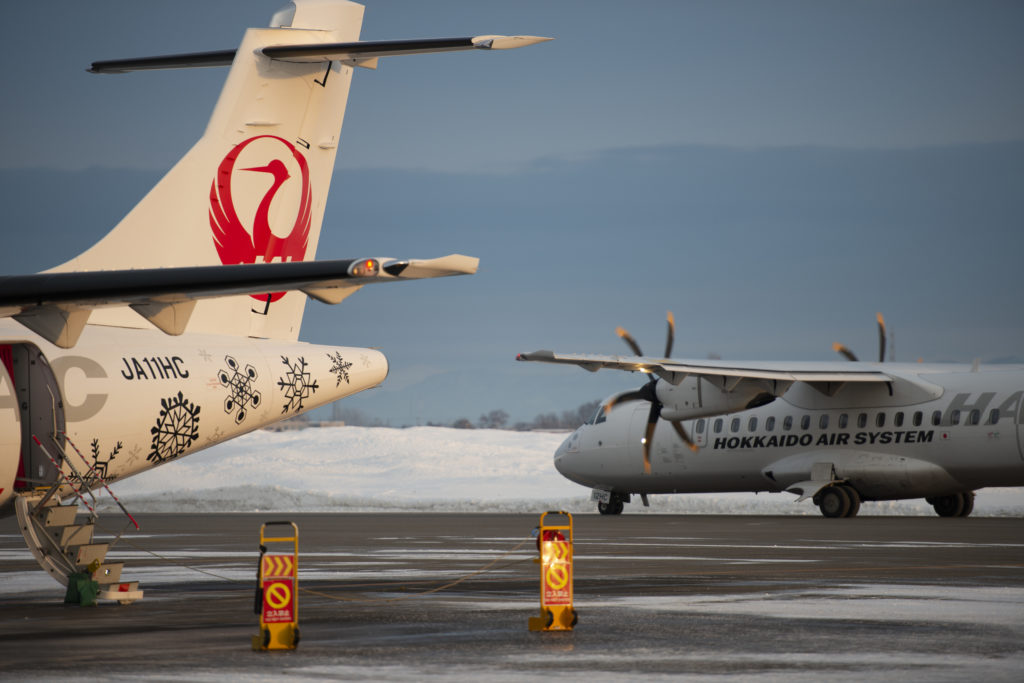
Looking to the future

In all, 15 ATR aircraft are currently operated across Japan by three airlines: Amakusa, JAC and HAC – all of which provide an essential service to local inhabitants. And the future of regional air transportation looks bright in this land of mountains, forests and sea, in terms of both passenger and cargo flights. For passengers, the ATR 72 and 42 will open up new routes by providing access to Japan’s remote airports. While its purpose-built freighter, the 72-600F, will surely play a key role for logistics companies, given that e-commerce in Japan is forecast to grow to 14.7 trillion yen by the end of 2022.






